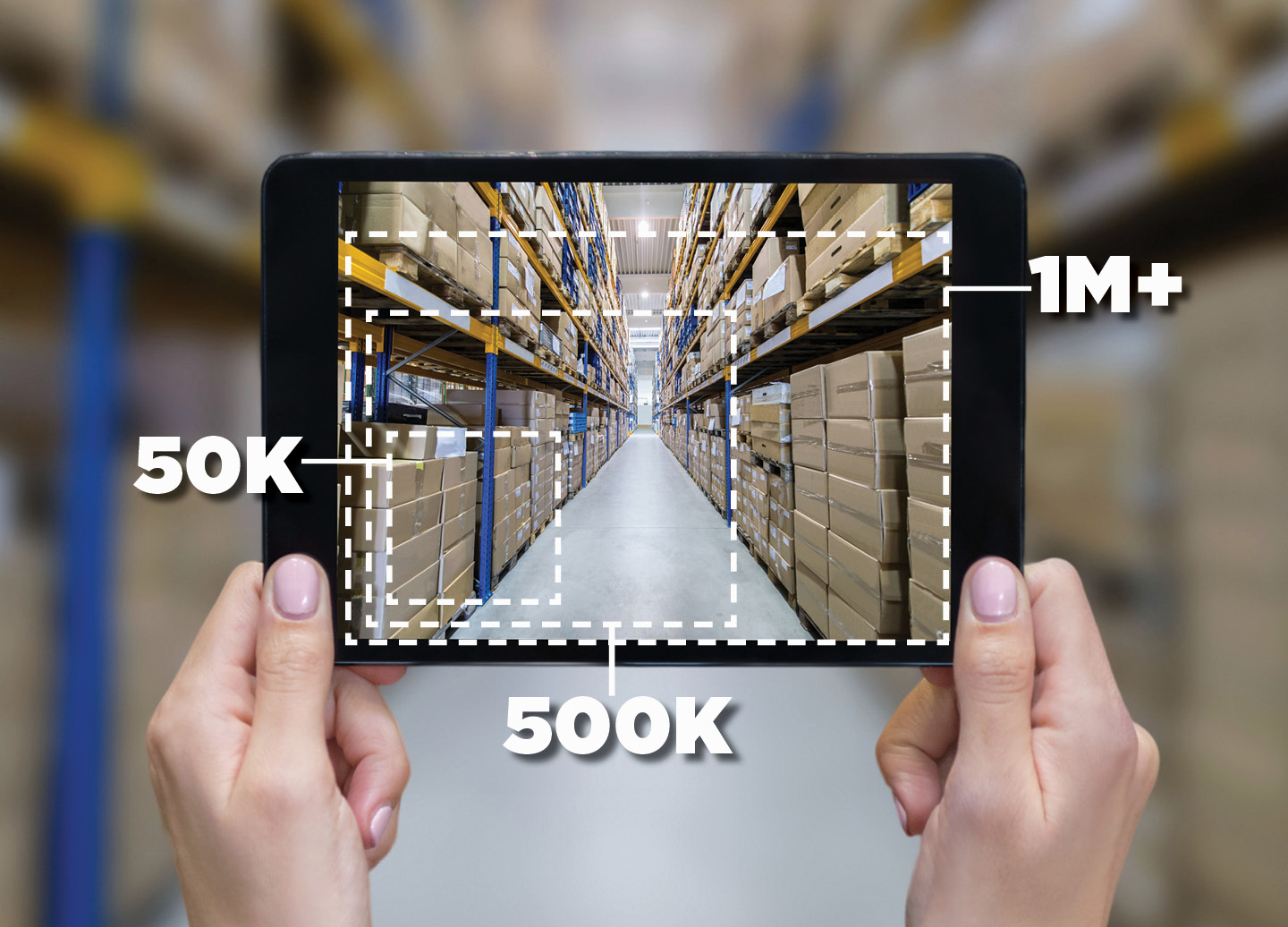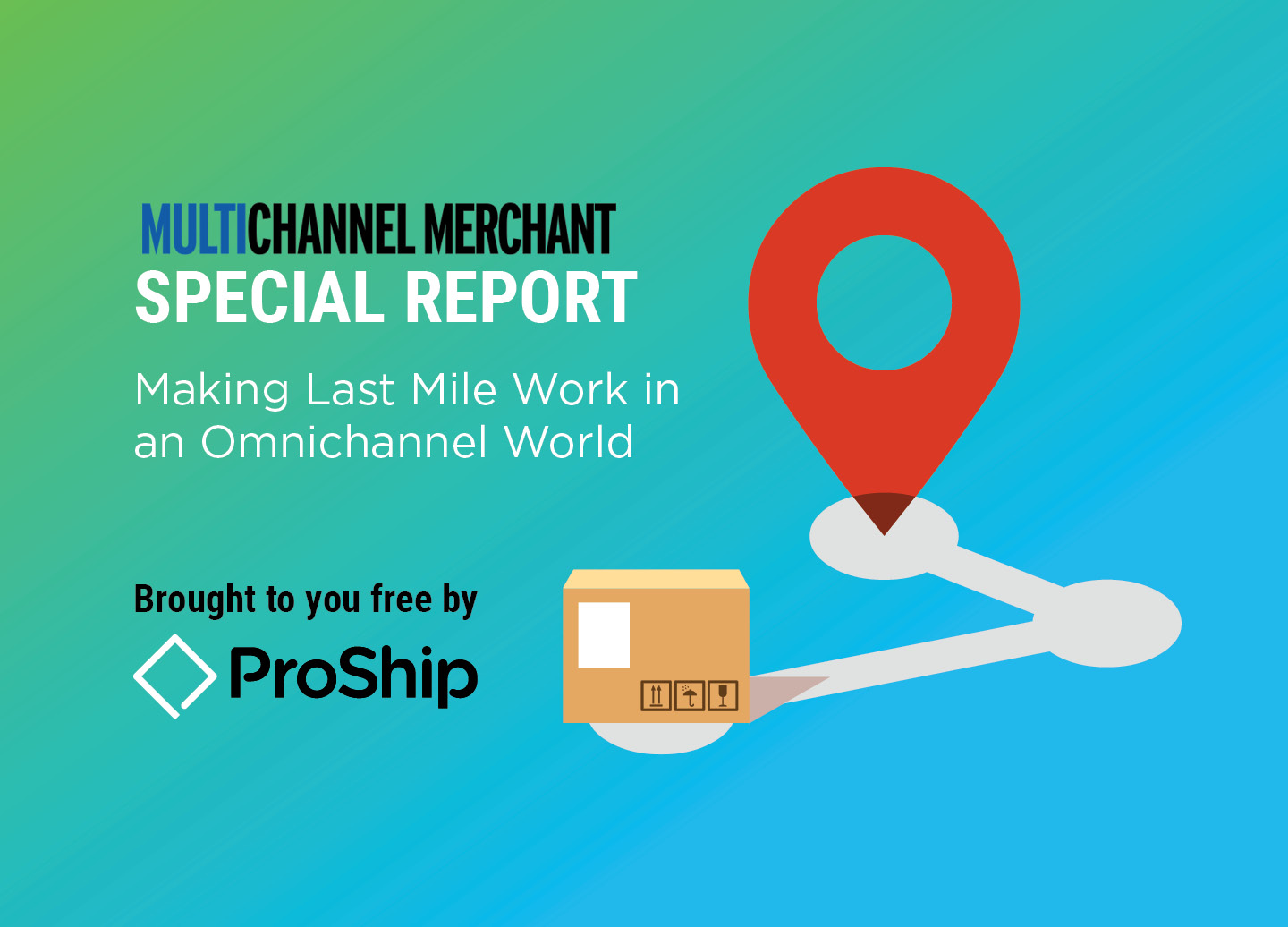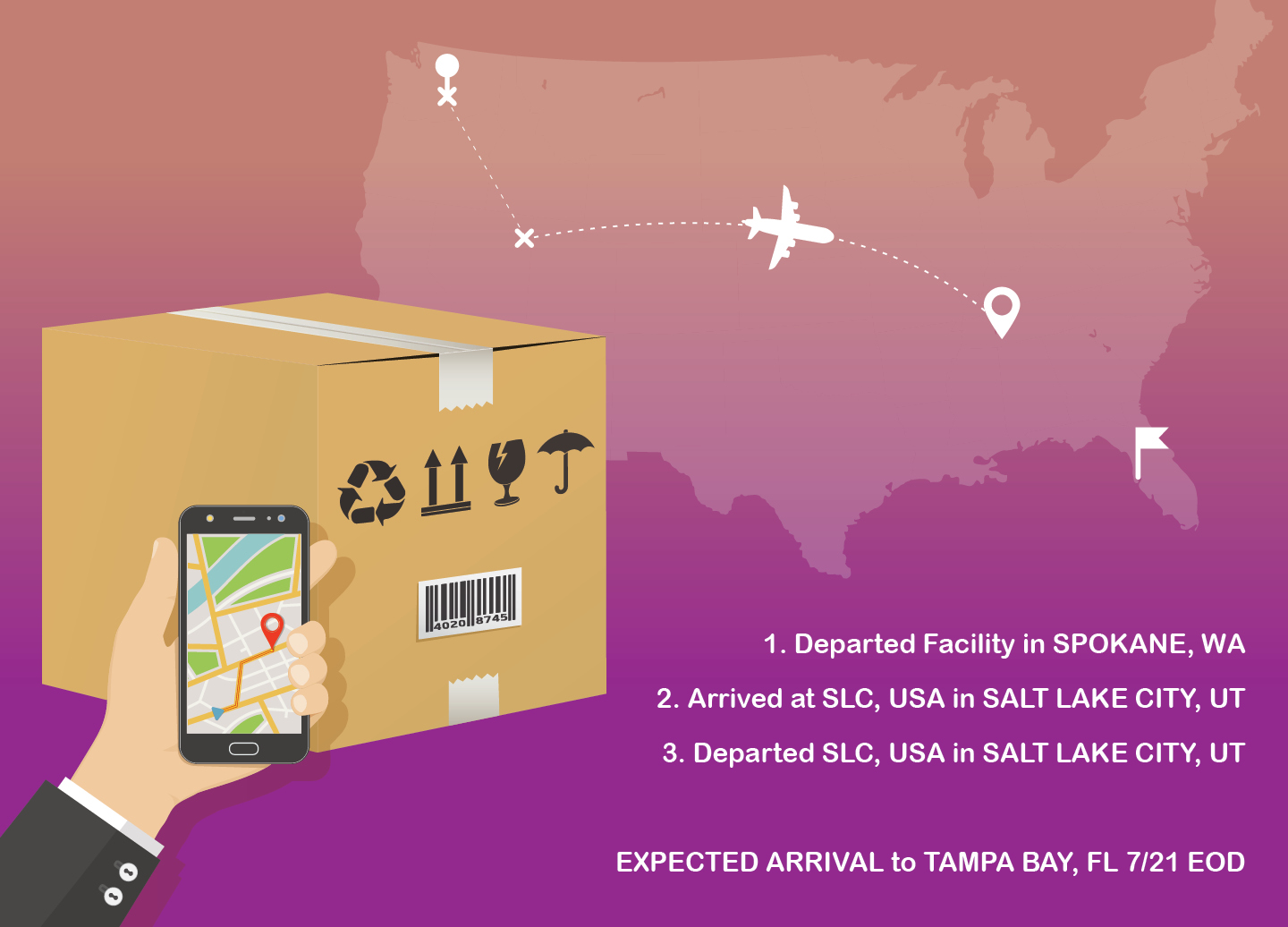Mega, traditional and micro-fulfillment centers – where they are, what they do and the pros/cons of each
Retail is one of the fastest growing and the fastest changing industries today. It was only 25 years ago that Amazon and eBay launched their online shopping sites, starting the e-commerce industry. Fast forward to 2020 and the retail industry has evolved quite a bit. From brick-and-mortar stores only, to online stores, to combining the two with “buy online, pick up in store,” retailers understand what it means to roll with the punches and keep up with customer expectations. But are they prepared for e-commerce’s eventual takeover of total retail sales?
In 2019, e-commerce sales skyrocketed with a 14.9% increase year-over-year totaling $523.64 billion. That was a higher growth rate than 2018, when online sales reported by the US Department of Commerce rose 13.6% year-over-year. Though in-store sales still hold a strong majority of total sales, e-commerce shows no signs of halting their saturation. In fact, Digital Commerce 360 reports that e-commerce accounted for more than half—56.9%—of all gains in the retail market in 2019. That is the largest share of growth for online spending since 2008, when e-commerce represented 63.8% of all sales growth.

The e-commerce boom together with the current COVID-19 climate, is causing enterprise and mid-market retailers to embrace the instant demand from the marketplace to deliver better fulfillment experiences to customers while keeping costs down. But balancing customer expectations with parcel shipping cost reductions can be quite the challenge when going against e-commerce giants, such as Amazon, who are pushing the envelope with their delivery methods and changing customer expectations as we speak. [Find some answers related to COVID-19 supply chains from our on-demand Parcel Shipping Q&A]
With customers beginning to expect and even demand faster delivery times from retailers everywhere, retailers should place a strong focus on their fulfillment centers to ensure they continue to meet customer expectations when it comes to delivery.
Choosing from 3 types of fulfillment centers
It’s all about decreasing the distance to the customer, which means less time between fulfillment and delivery (and also means potential cost reductions per parcel shipped). By utilizing these three types of fulfillment centers, orders can be shipped from the nearest inventory source when needed in order to reach the customer faster.
Mega-Fulfillment Centers
Over 1 million square feet
- Where they are typically located: Mega-fulfillment centers are generally located strategically near transportation centers. For instance, near airports (like Dallas Fort Worth), or distribution hubs like the Hebron, Kentucky/Cincinnati, Ohio area.
- Fun fact: The Hebron/Cincinnati area is a major hub because it was developed to be in the “center” of the US population density in the late 80’s. By placing a hub there, you were in the center of your potential customer group, but now it’s just a very good way to provide quick shipping to everything East of the Mississippi.
- Why they exist: Mega-fulfillment centers provide the lowest carrying and handling costs for shipments. With this type of fulfillment center, you get a large economy of scale and can put strong concentration on hardware and automation.
- Pros and cons: Since you are often capable of moving an amazing amount of goods per unit time with megas, you can concentrate investment dollars to affect as many packages as possible, which decreases the time to an ROI. You also can carry every SKU possible. Unfortunately, the distance-to-customer is often unsatisfactory, leading to an overuse of ground or express services to meet commitment times. Also, it is often hard to fully staff megas due to the dense concentration of warehouse labor options.
Traditional Fulfillment Centers
From 50K to 1 million square feet
- Where they are typically located: Traditional fulfillment centers give you the capability of being located on the outskirts of dense population centers, instead of being confined to large transportation centers.
- Why they exist: Traditional fulfillment centers primarily serve a particular metroplex, but can also act as failover in the event of weather, power outages, etc. in other fulfillment centers.
- Pros and cons: These types of fulfillment centers can take on a lot of automation and reduced handling costs like megas but can also use postal last mile services in order to meet fulfillment times. They also can provide Will-Call Pick-Up* since they are close to megaplexes. However, traditional fulfillment centers may not carry all your SKUs and same-day delivery options are very limited.
- *What is a Will-Call Pick-Up? Much like BOPUS, if you live near a traditional fulfillment center, a customer could order an item early and drive to pick it up from your will call counter.
Micro-Fulfillment Centers
Less than 50K square feet
- Where they are typically located: Micro-fulfillment centers be additional fulfillment functionality added to active brick-and-mortar stores. Some retail brands are going to extremes and are closing their traditional retail stores to customers altogether and turning those locations into “dark stores” to fulfill delivery and pickup orders.
- Why they exist: Micro-fulfillment centers can mobilize a greater percent of inventory to your entire customer base. This can even help to minimize seasonal item discounts.
- Pros and cons: Bringing your inventory much closer to its end location (i.e. your customers) can decrease the total cost of shipment. You also can increase the coverage of same-day delivery services utilizing a ship-from-store strategy within these micro-fulfillment centers. However, adding this functionality to an existing retail process may be difficult to integrate, not all SKUs will be available from all micros and servicing in-store customers may extend fulfillment times if there are not dedicated personnel to fulfill orders.
Is there a typical ratio for the mix of all three?
Unfortunately, this isn’t a one-size fits all strategy. It all depends on the goods you have, the size of those goods, the average selling price of those goods and even the average size of your stores! For instance, you could have a product which lends itself well to same-day shipping (micro) or you might have a product that people are comfortable with waiting 1-2 days for (traditional), OR you may even ship items that are extremely light where express shipping isn’t cost prohibitive (mega). You might have products that fit all three of those scenarios! Balance is extremely important.
Examples:
- In some cases, operating 5-7 smaller, more traditional distribution centers can be more effective (with cheaper shipping) than 2-3 large ones. If you’re shipping from a few mega-distribution centers, you may be increasing your costs to deliver to parts of the country or increasing delivery time. However, you could instead choose a handful of traditional fulfillment centers to cover more ground and balance costs and delivery time.
- If you’re a smaller shipper, picking micro-fulfillment centers and locating them in separate regions may have a more positive impact.
It’s the combination of many intricacies that truly decide which types of fulfillment centers you choose and how many you have of each. And even after you decide this, the answer may change as your business evolves.
External fullfillment options to consider
It’s important not to discount two other fulfillment options that are available to you.
Third Party Logistics Companies
3PLs are typically used as an extension of your own distribution operations and basically hold the same advantages of macro-fulfillment centers and disadvantages of micro-fulfillment centers with the exception being that your cost-per-transaction might be slightly higher than if you owned the location yourself.
Manufacturers
When you utilize your manufacturing vendors, your inventory capability is dramatically increased without any further increase in holding costs or leading terms. Instead, you can literally ship on demand for a known fixed cost of goods where the only variable will be the cost of shipment for a given transaction. You typically will only send drop ship requests to your manufacturing vendors if shipping from them will have a lower overall cost of transaction or you are completely out of the specific item elsewhere.
No matter what disruption hits the supply chain ecosystem or unforeseeable future challenges, delivery will always be top-of-mind for retailers because of the unique demands and expectations of consumers. It is up to you to understand these and develop a strategy that balances parcel shipping costs with customer satisfaction. It’s a daunting task, but a necessary one that could be a game changer for your parcel shipping operation.
The best part? You don’t have to do it alone! Your shipping software vendor can talk through the fine details of your shipping strategy and help you understand which fulfillment options are right for your business.
*TIP* You can typically see how dedicated a shipping software vendor is to your business by the way they propose solutions for you. For instance, are their suggestions generic, or are they more personalized and do they dive deeper into your unique environment? For a solution that is highly customizable and flexible, the vendor will provide a detailed scope to integrate with your current host systems based on how you want to ship, versus the solution telling you how you need to ship.
If you’re interested in speaking with one of our experts about your parcel shipping distribution strategy or the pains you are experiencing, our shipping expert Dave is standing by. Feel free to schedule a call on his calendar or reach out to him directly at (414) 302-2929 Ext. 238.
ProShip content you might also like…

 Back to Blog
Back to Blog






